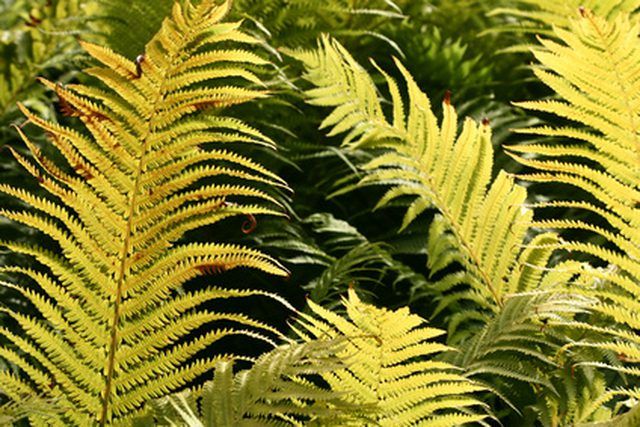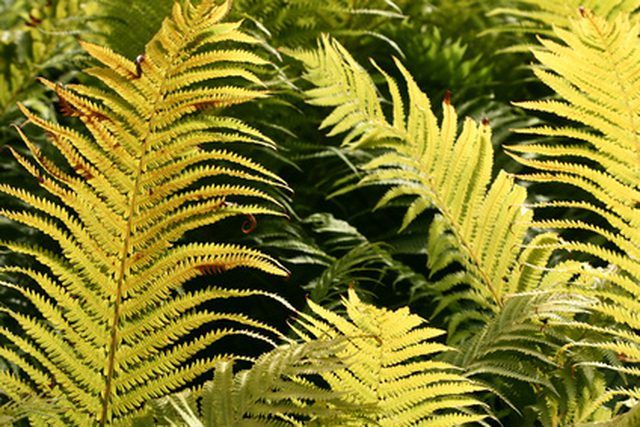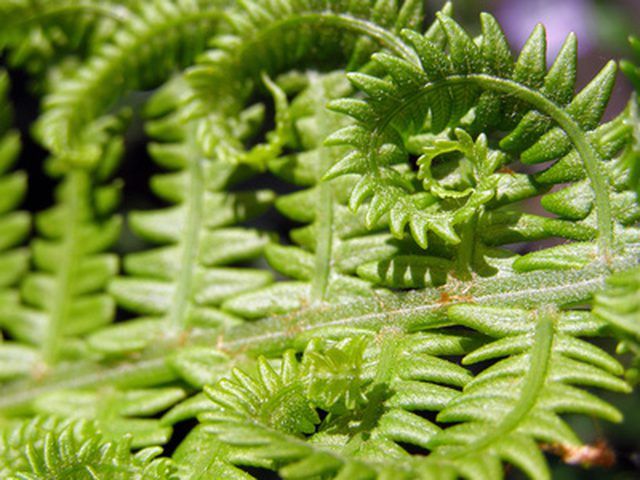Bulbs
Flower Basics
Flower Beds & Specialty Gardens
Flower Garden
Garden Furniture
Garden Gnomes
Garden Seeds
Garden Sheds
Garden Statues
Garden Tools & Supplies
Gardening Basics
Green & Organic
Groundcovers & Vines
Growing Annuals
Growing Basil
Growing Beans
Growing Berries
Growing Blueberries
Growing Cactus
Growing Corn
Growing Cotton
Growing Edibles
Growing Flowers
Growing Garlic
Growing Grapes
Growing Grass
Growing Herbs
Growing Jasmine
Growing Mint
Growing Mushrooms
Orchids
Growing Peanuts
Growing Perennials
Growing Plants
Growing Rosemary
Growing Roses
Growing Strawberries
Growing Sunflowers
Growing Thyme
Growing Tomatoes
Growing Tulips
Growing Vegetables
Herb Basics
Herb Garden
Indoor Growing
Landscaping Basics
Landscaping Patios
Landscaping Plants
Landscaping Shrubs
Landscaping Trees
Landscaping Walks & Pathways
Lawn Basics
Lawn Maintenance
Lawn Mowers
Lawn Ornaments
Lawn Planting
Lawn Tools
Outdoor Growing
Overall Landscape Planning
Pests, Weeds & Problems
Plant Basics
Rock Garden
Rose Garden
Shrubs
Soil
Specialty Gardens
Trees
Vegetable Garden
Yard Maintenance
My Fern Fronds Are Turning Brown
My Fern Fronds Are Turning Brown. Ferns are among the most popular houseplants, but not every house is suited for them. You may find your fern fronds turning brown within weeks of bringing the plant home from the nursery. Prevent browning leaves with a knowledge of your fern's basic needs.

Ferns are among the most popular houseplants, but not every house is suited for them. You may find your fern fronds turning brown within weeks of bringing the plant home from the nursery. Prevent browning leaves with a knowledge of your fern's basic needs.
Moisture
Ferns prefer 40 to 50 percent humidity, but average homes have only 10 to 15 percent humidity. Many ferns have delicate leaves that turn brown when humidity drops. Misting is not always effective. Instead, place the potted fern on a dish of pebbles or gravel. Fill the dish with water to create a humid environment without waterlogged soil.
Sun
Ferns are adapted to shady but sunlit conditions. Direct sunlight scorches the leaves, turning the entire side of a plant brown. Ensure that the fern receives filtered or indirect sunlight. A northern window is ideal. The angle of sunlight changes over time, and a fern may receive direct sun or even bright, reflected light as the sun shifts.

Nutrients
Despite the lush, rapid growth of many ferns, these plants are not heavy feeders. In fact, the opposite is true. Too much fertilizer burns the fronds, causing browning and dead leaves. Fertilize ferns only when they produce new growth, and use a liquid fertilizer at half the recommended dosage for houseplants. Avoid fertilizing during cooler months, when fern growth slows considerably.
